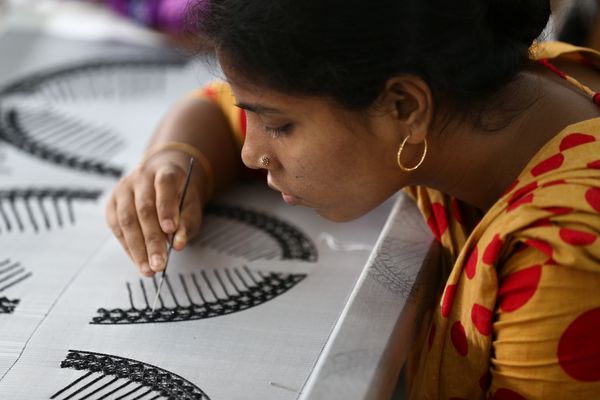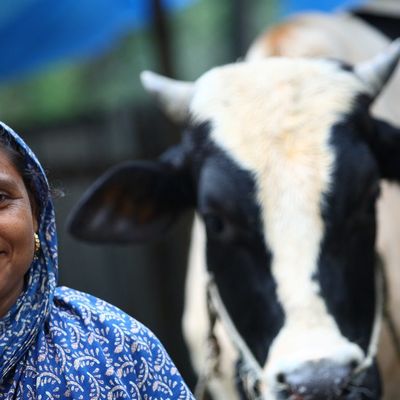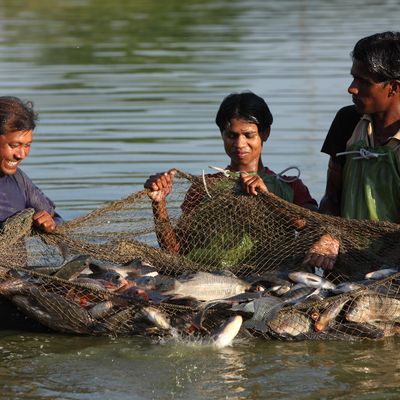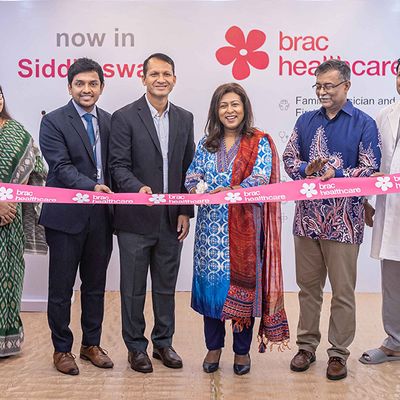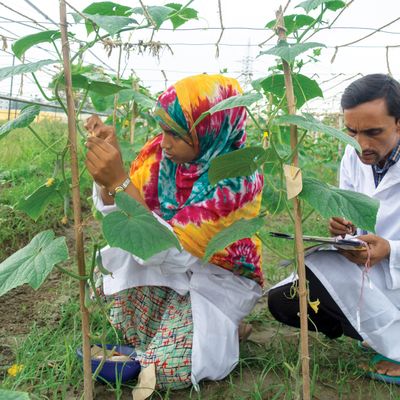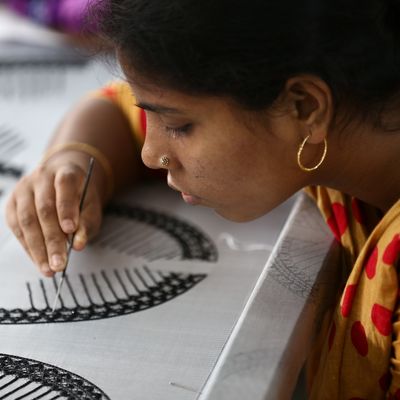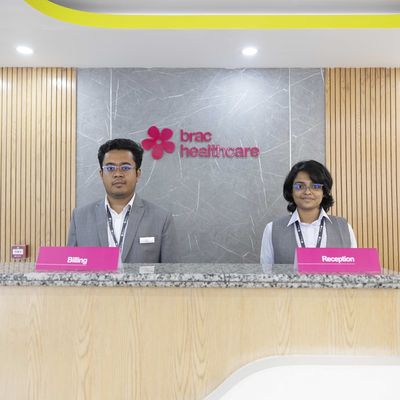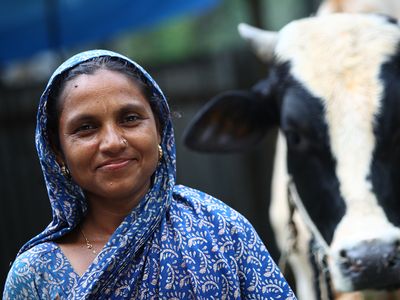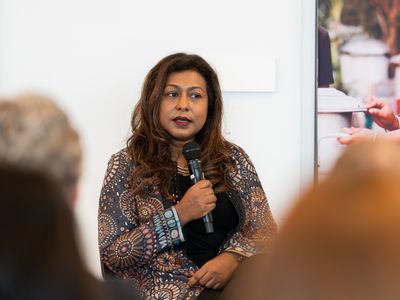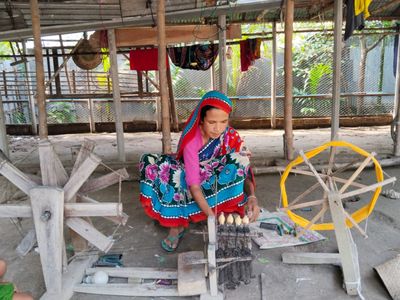BRAC social enterprises support people living in poverty to become producers, artisans and suppliers, connect micro and small entrepreneurs to markets, and build value chains where they do not exist or are not working for producers. We focus on creating livelihoods for women, and many of our ventures have now grown to become market leaders in their sectors. Each enterprise tackles a social need, and re-invests half of its surplus back into BRAC’s social development programmes.
Aarong: Crafting Change Since 1978
Empowering Artisans, Elevating Heritage
Discover how Aarong, BRAC’s flagship social enterprise, transforms traditional craftsmanship into sustainable livelihoods for more than 87,000 artisans — 85% of them women — while showcasing Bangladesh’s rich cultural heritage to the world.
Featured Social Enterprises
Aarong Dairy
Founded to ensure fair prices for rural dairy farmers, Aarong Dairy now supports over 35,000 producers across Bangladesh. By building a nationwide cold chain and processing more than 180,000 litres of milk daily, it delivers high-quality, ISO-certified dairy products while empowering farming communities.
BRAC Fisheries
For nearly five decades, BRAC Fisheries has driven sustainable aquaculture across Bangladesh, transforming ponds into sources of income and nutrition. Through ten modern hatcheries producing high-quality tilapia, carp, catfish, and shrimp, it supports rural livelihoods while strengthening food security and environmental resilience.
BRAC Healthcare
BRAC Healthcare delivers compassionate, patient-centered outpatient care through its growing network of clinics across Bangladesh. With a focus on dignity, trust, and affordability, it provides high-quality medical services that reduce out-of-pocket costs and bring humane healthcare closer to communities.
BRAC Seed & Agro
One of South Asia’s largest providers of high-quality seeds, BRAC Seed & Agro empowers farmers to increase yields, improve nutrition, and build climate resilience. Through innovation and sustainable practices, it advances food security and transforms agriculture into a source of prosperity for rural communities.

By opening the world’s largest craft store, Aarong wants to send a clear message that our artisans and craftspeople have limitless potential and that handmade items are truly more valuable than machine-made products. These pieces bring together communities and people, represent our tradition, carry a legacy, and have the depth and richness that mechanised production simply can’t match.”
-Tamara Hasan Abed, Managing Director of BRAC’s social enterprises
